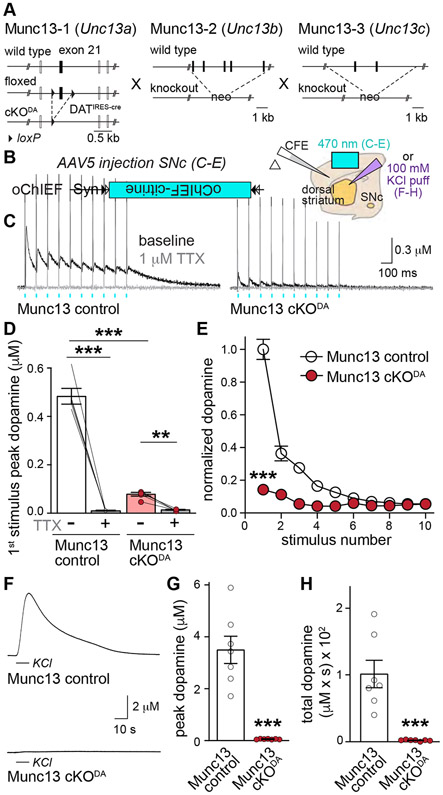Figure 3. Munc13 is essential for evoked dopamine release.
(A) Targeting strategy for deletion of Munc13-1, -2 and -3 (Munc13 cKODA).
(B) Schematic of cre-dependent expression of oChIEF and slice recording.
(C-E) Sample traces (C, average of 4 sweeps) of dopamine release evoked by ten 1-ms light pulses at 10 Hz before and after TTX, quantification of the 1st stimulus amplitudes (D) and peak amplitudes normalized to the average 1st peak of Munc13 control (E), D: 5 slices/3 mice each, E: 6/3 each.
(F-H) Sample traces (F), and quantification of KCl-triggered peak dopamine release (G) and area under the curve (H, start of puff to 50 s), 7/3 each.
Data are mean ± SEM, ** p < 0.01, *** p < 0.001 as assessed by repeated measures one-way ANOVA followed by Sidak’s multiple comparisons tests in D; two-way ANOVA (*** p < 0.001 for genotype, stimulus number and interaction) followed by Sidak’s multiple comparisons tests in E (*** p < 0.001 for stimulus 1-4, ** p < 0.01 for stimulus 5), and Mann-Whitney test in G and H. For generation and analyses of Munc13-1 cKO mice, see Figs. S2 and S3; for extracellular recordings, see Fig. S4.

